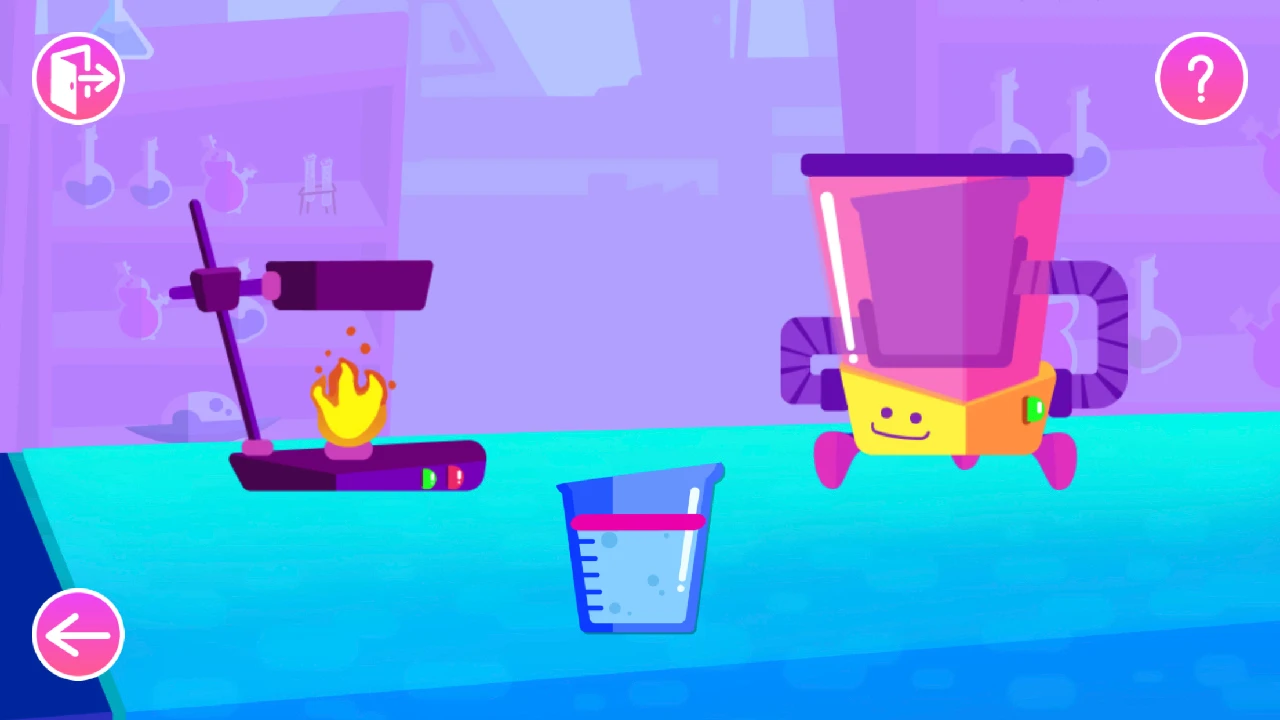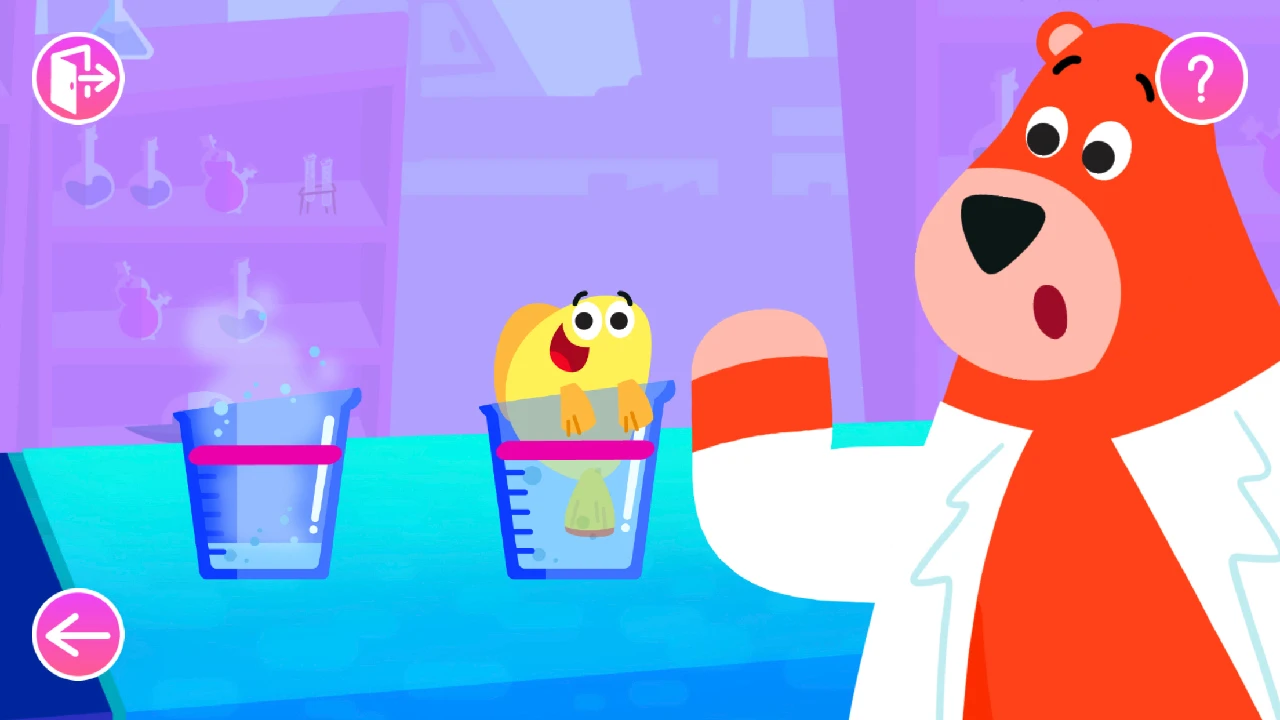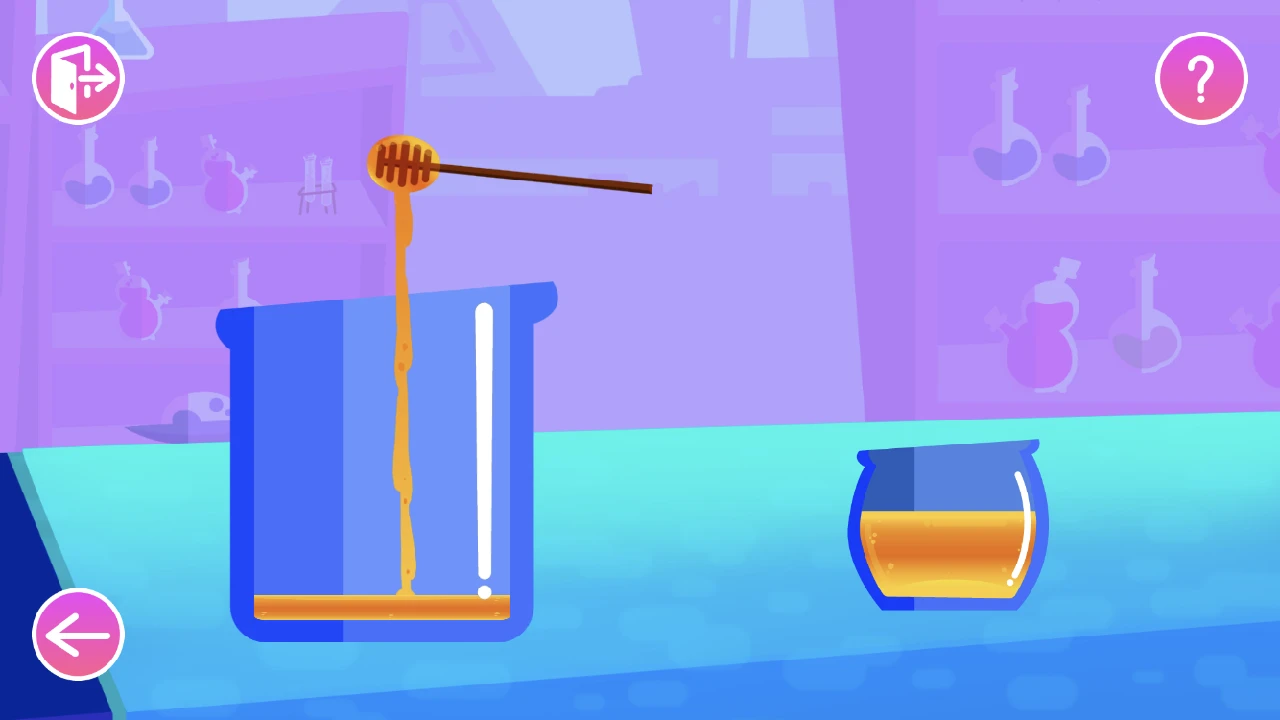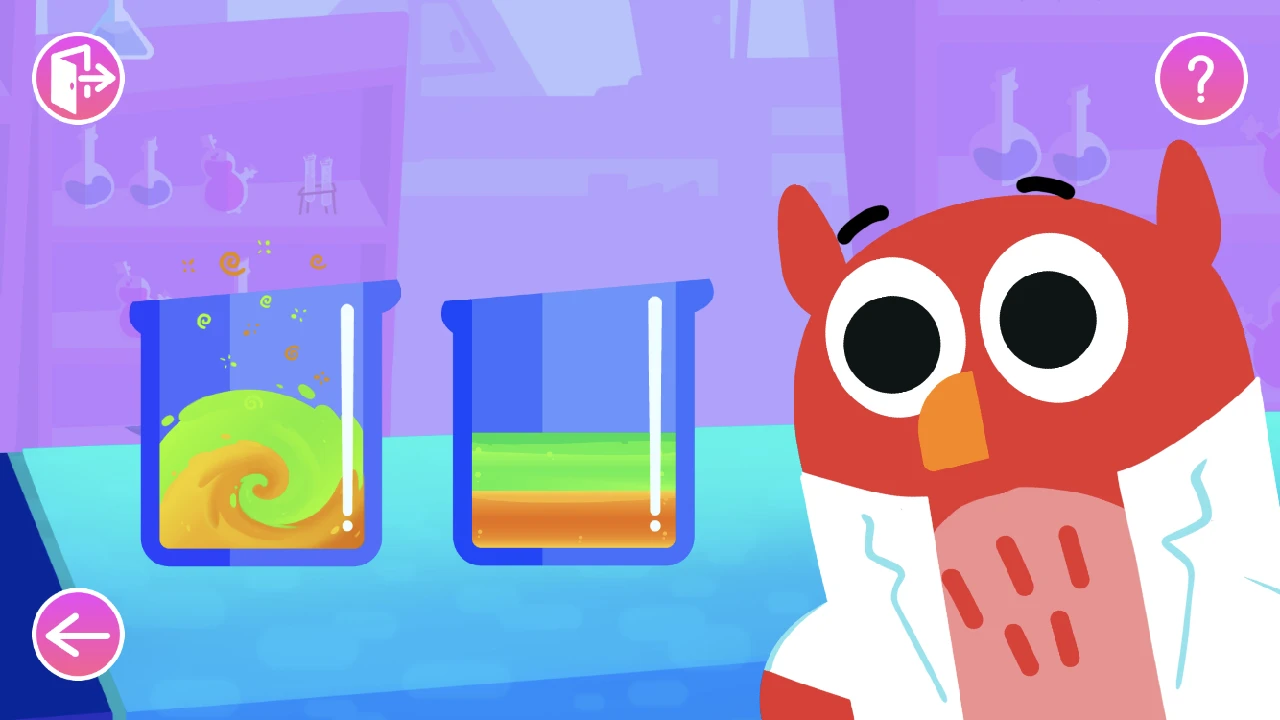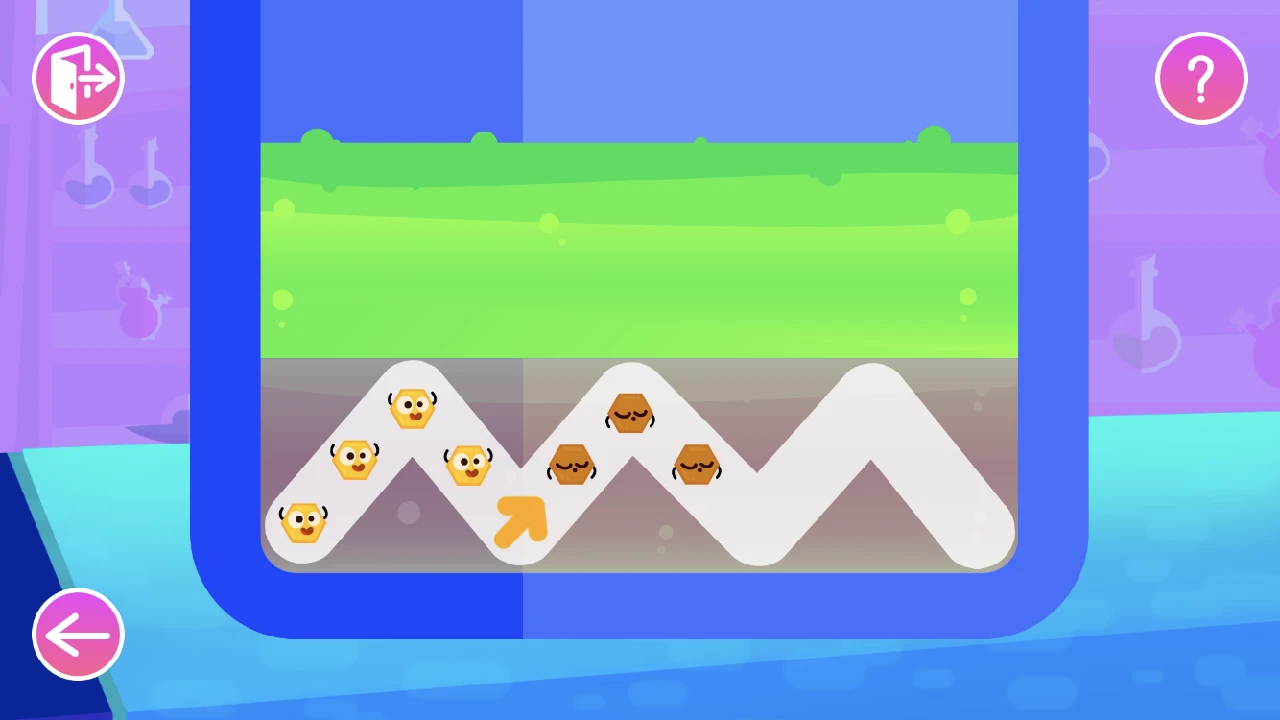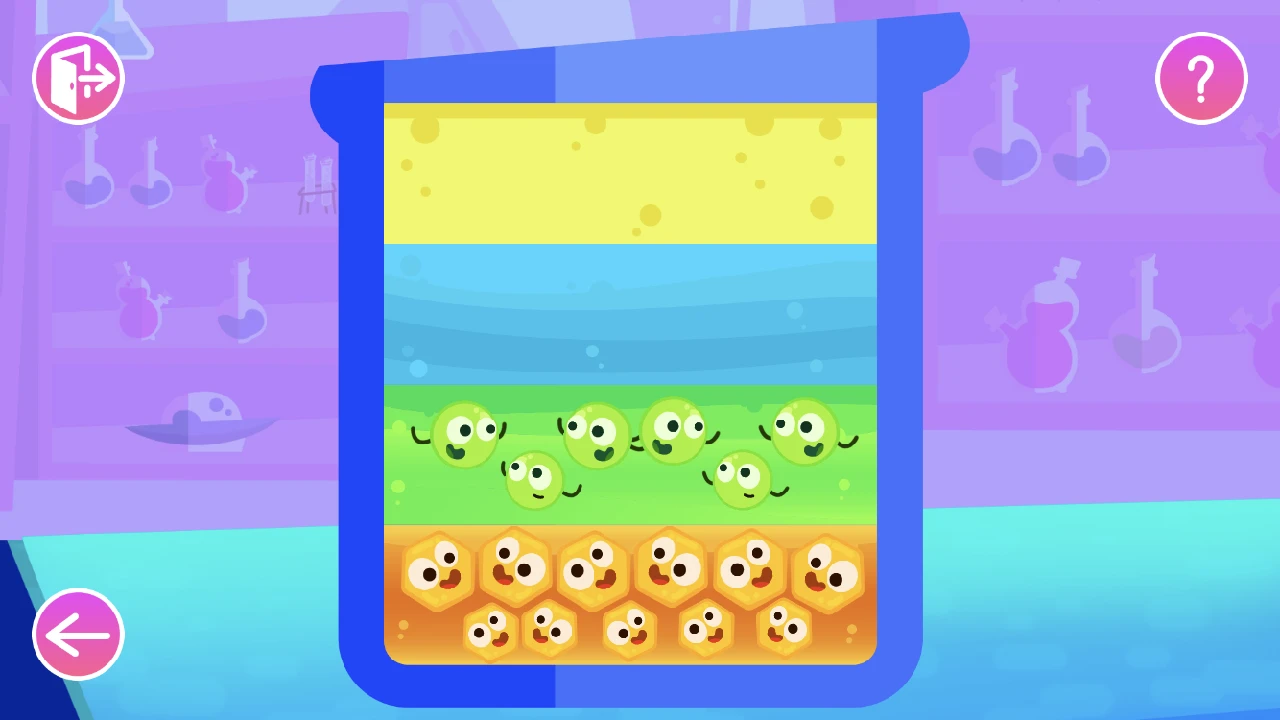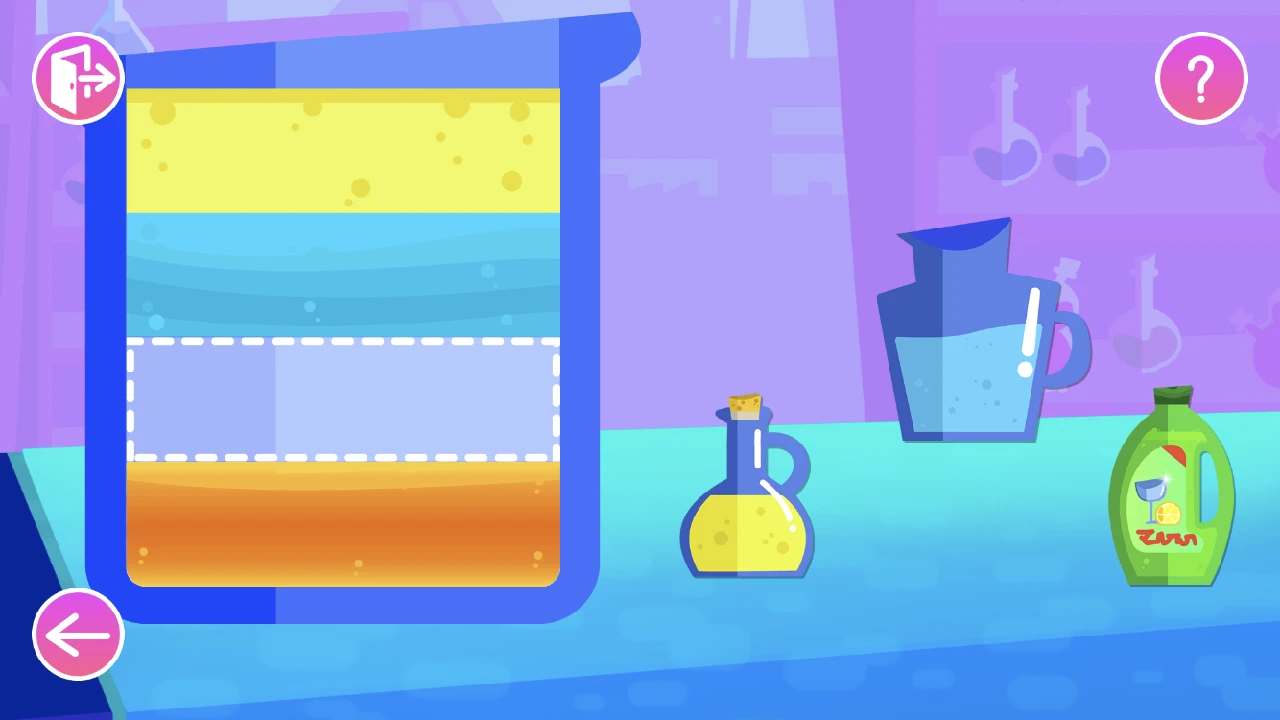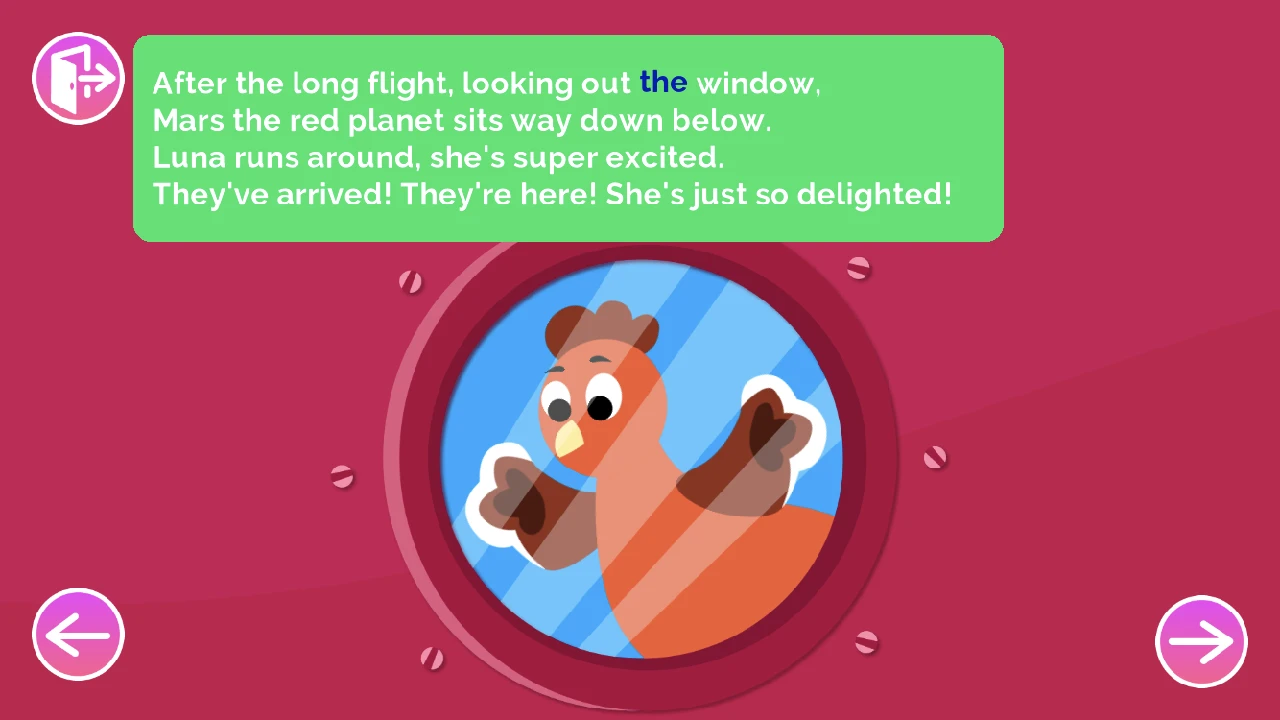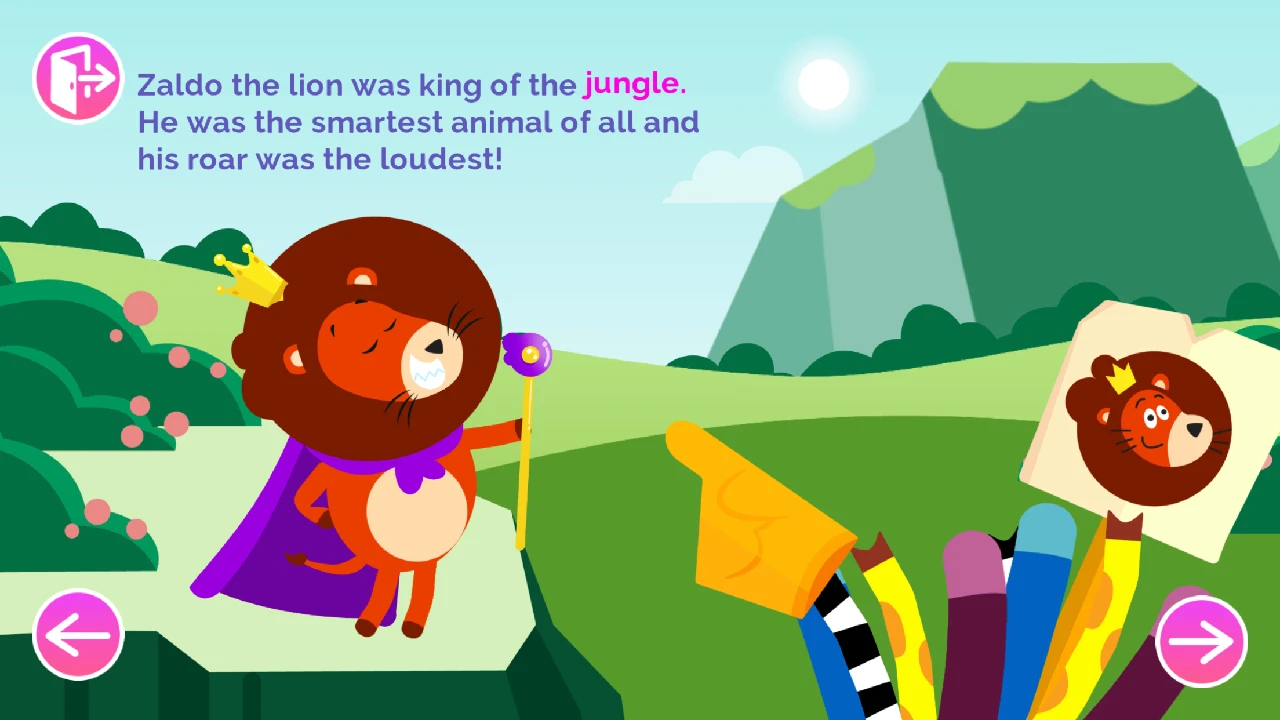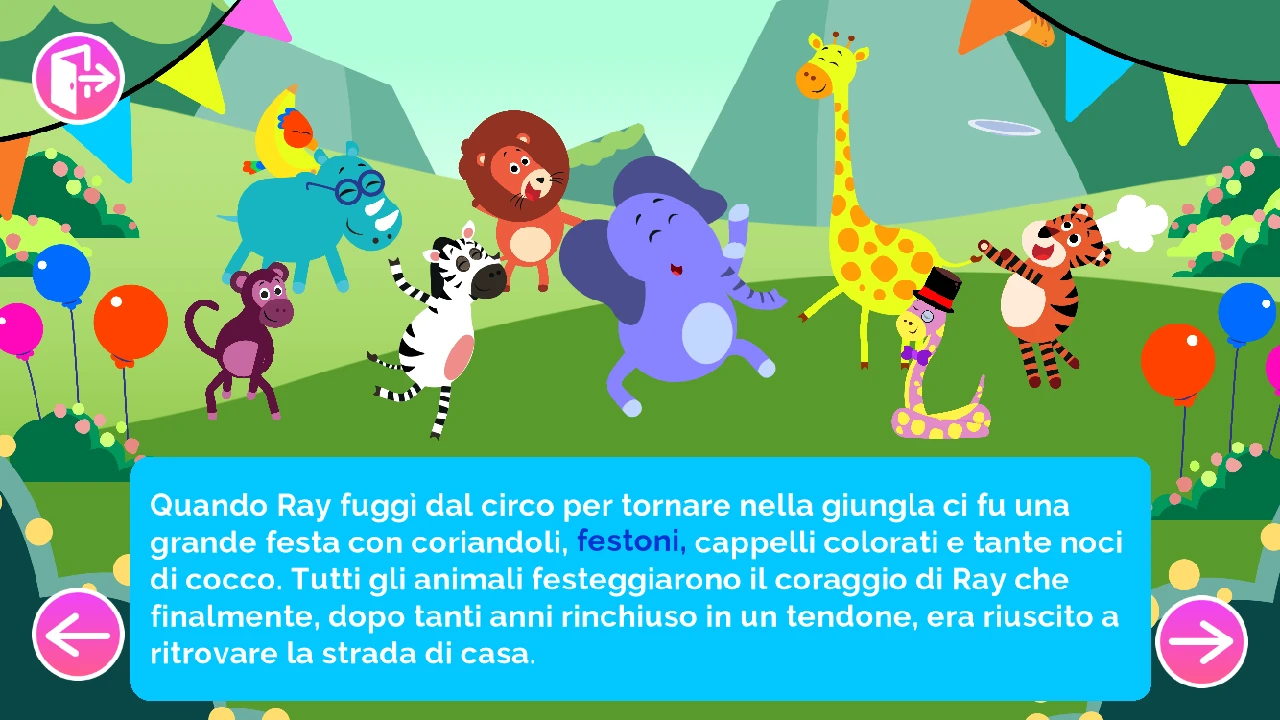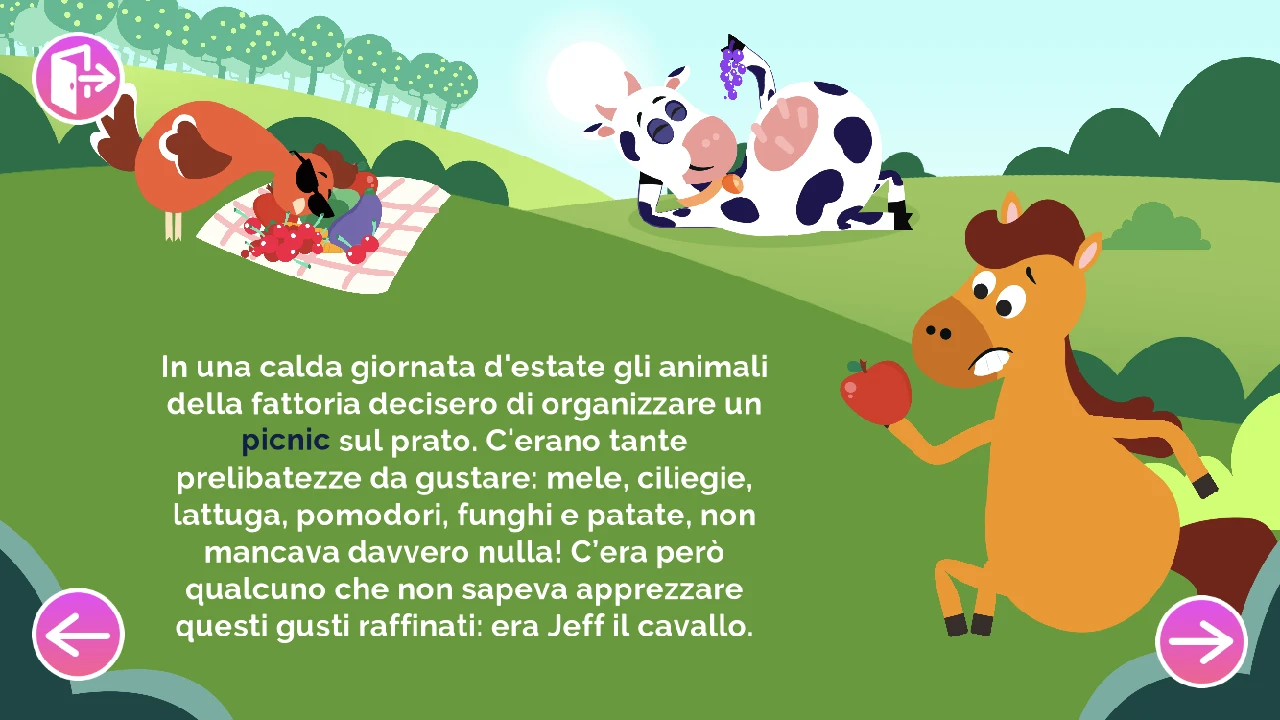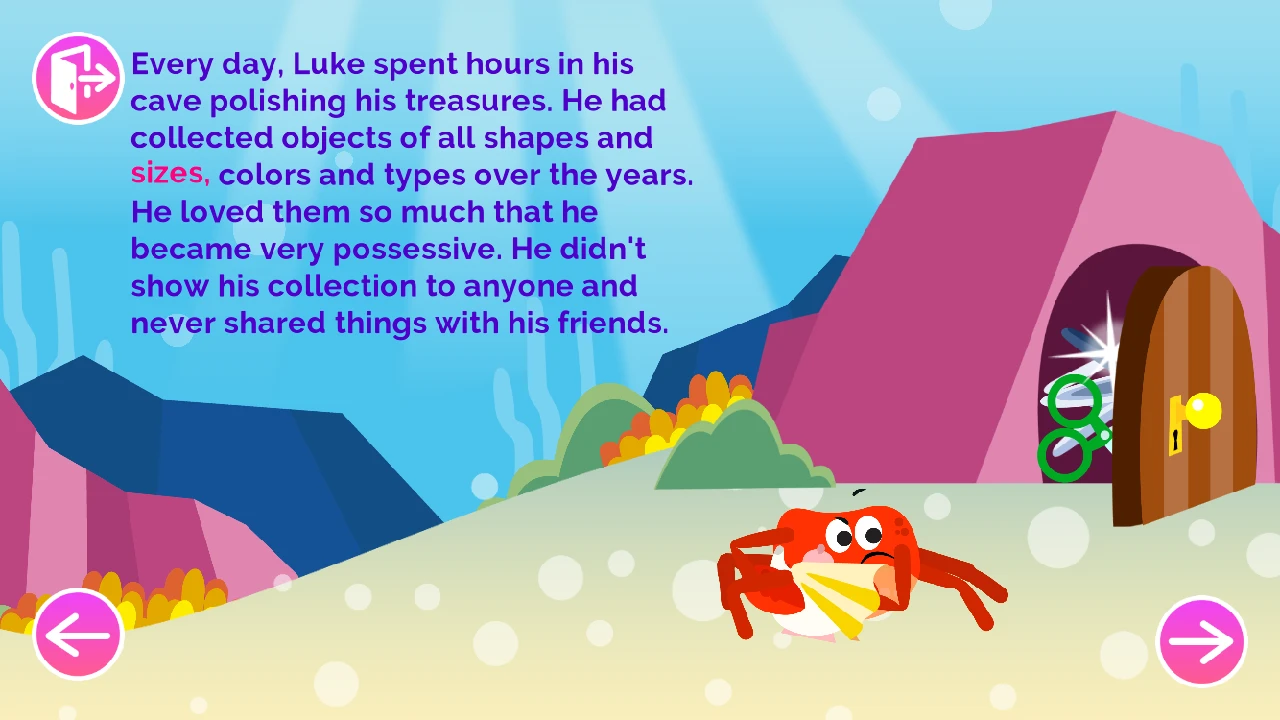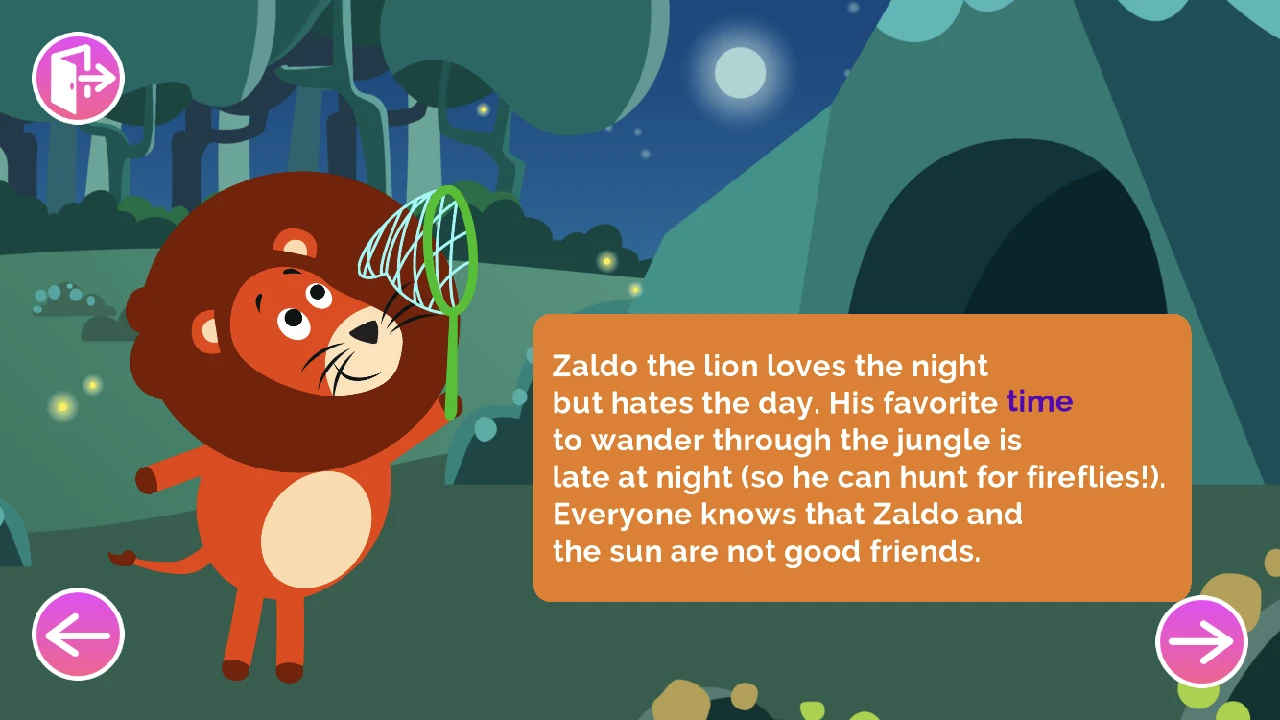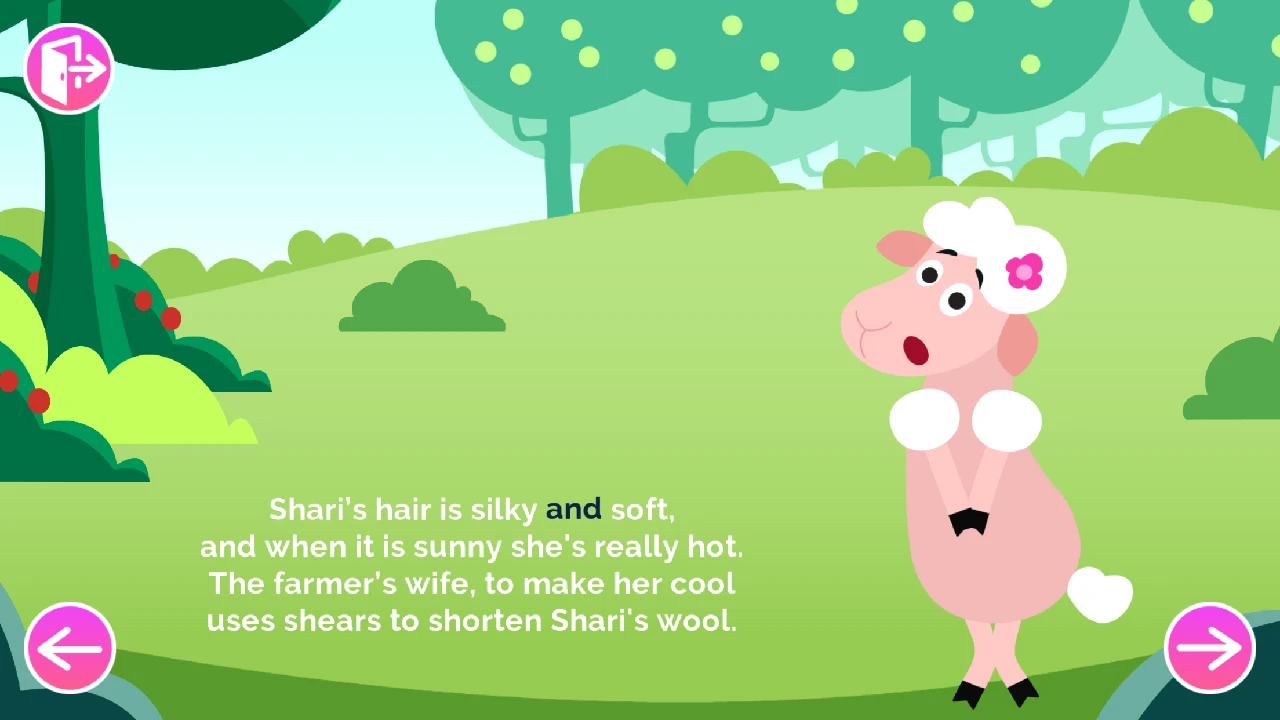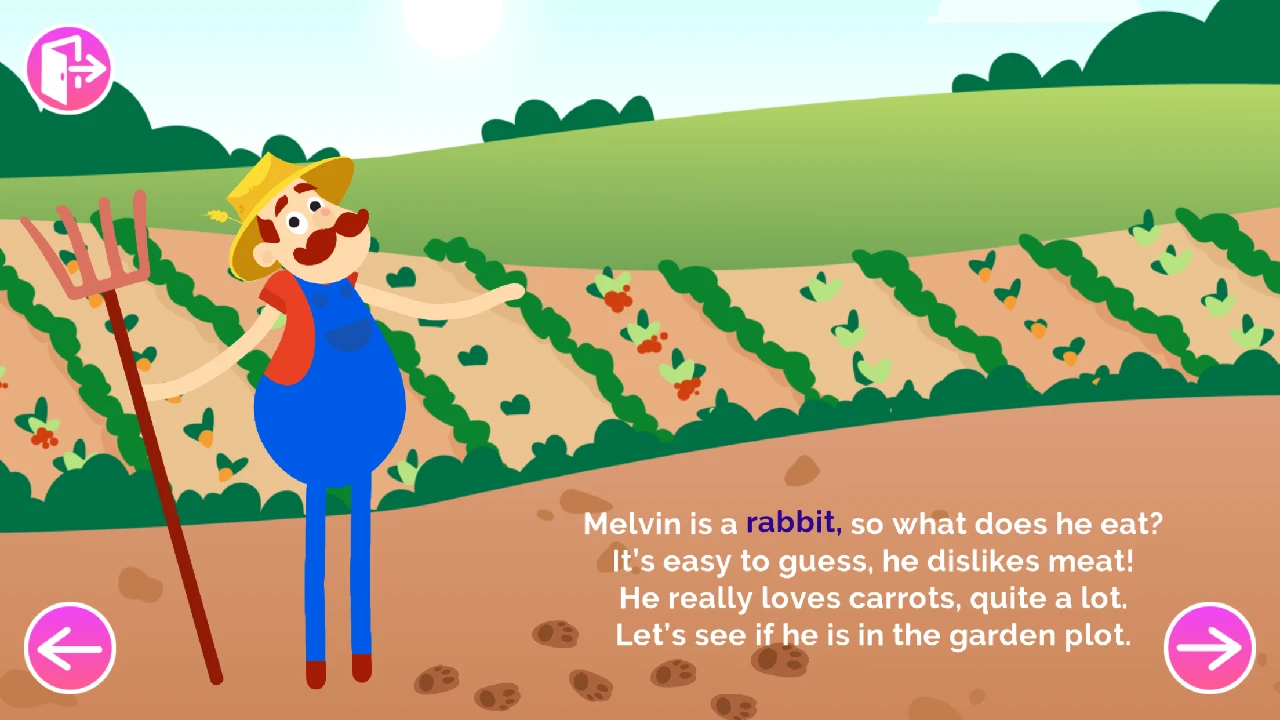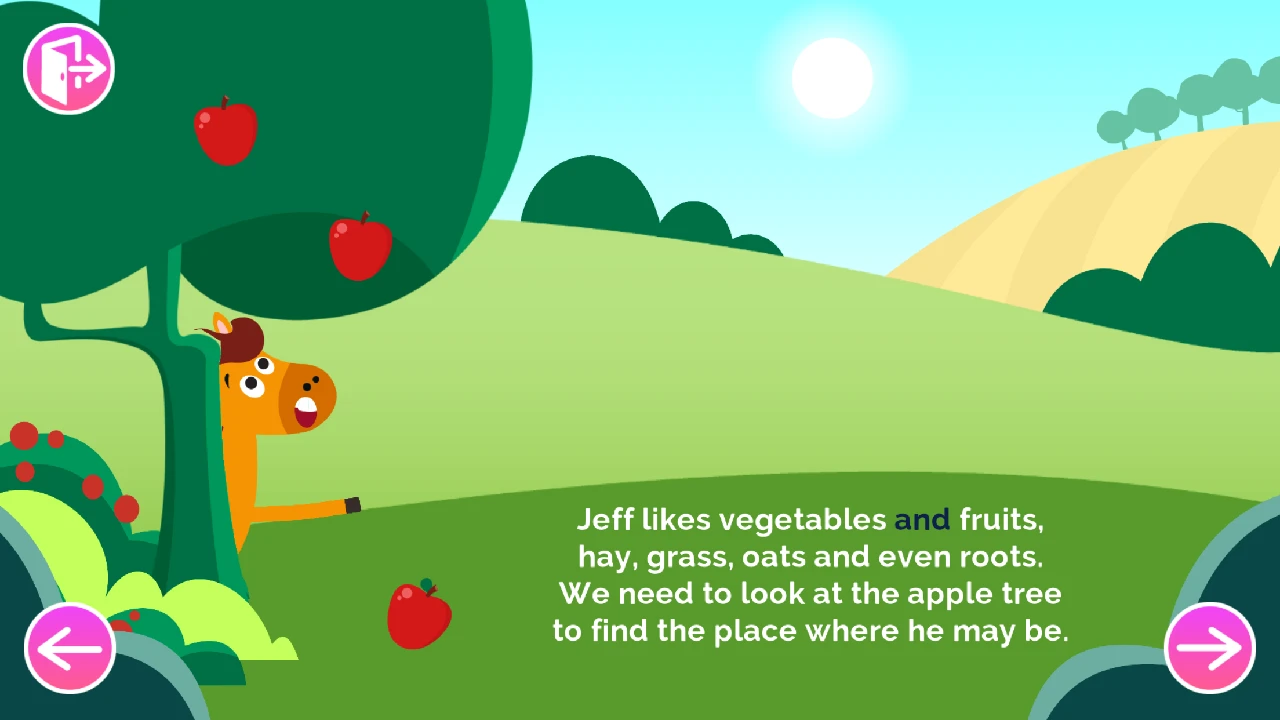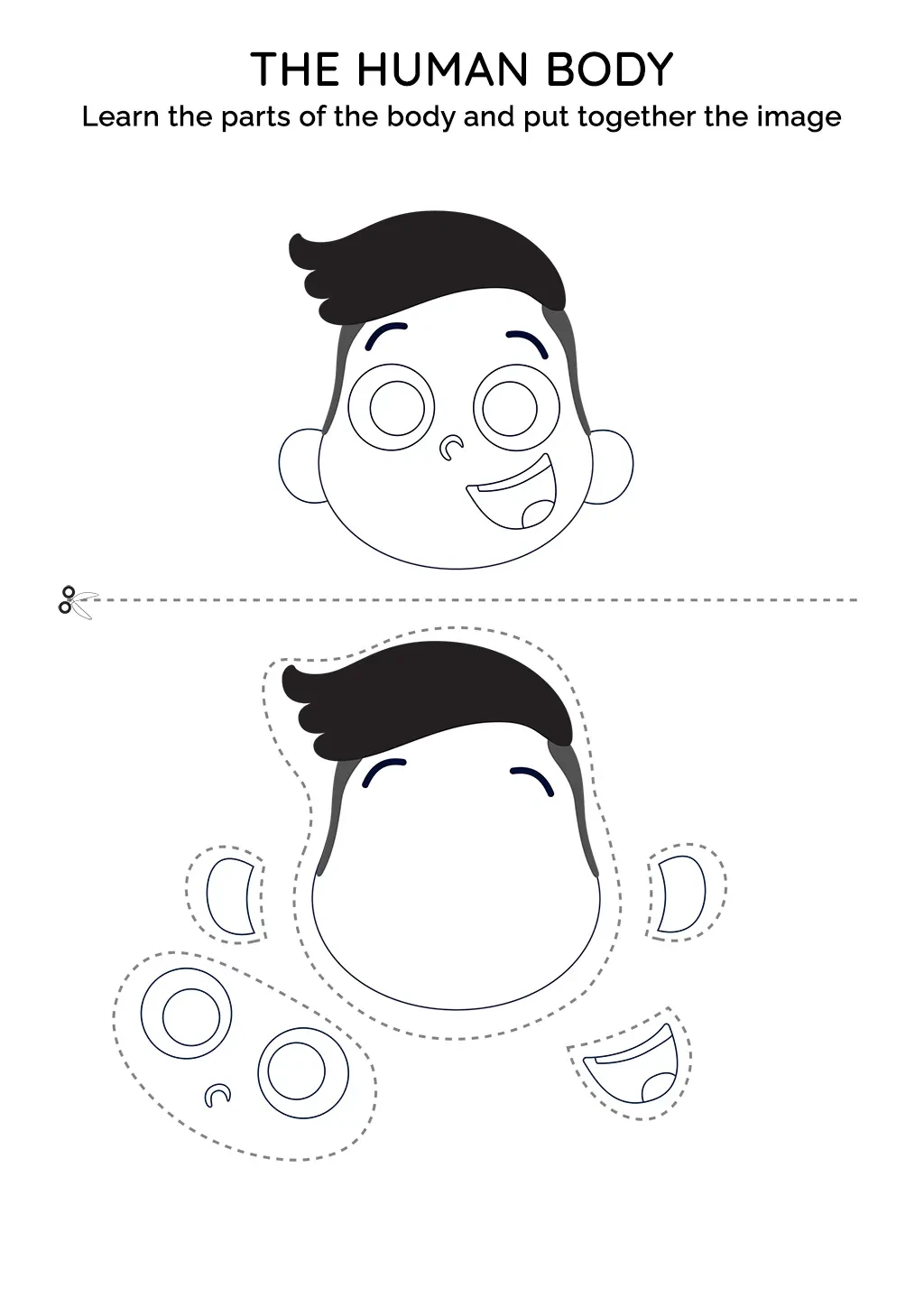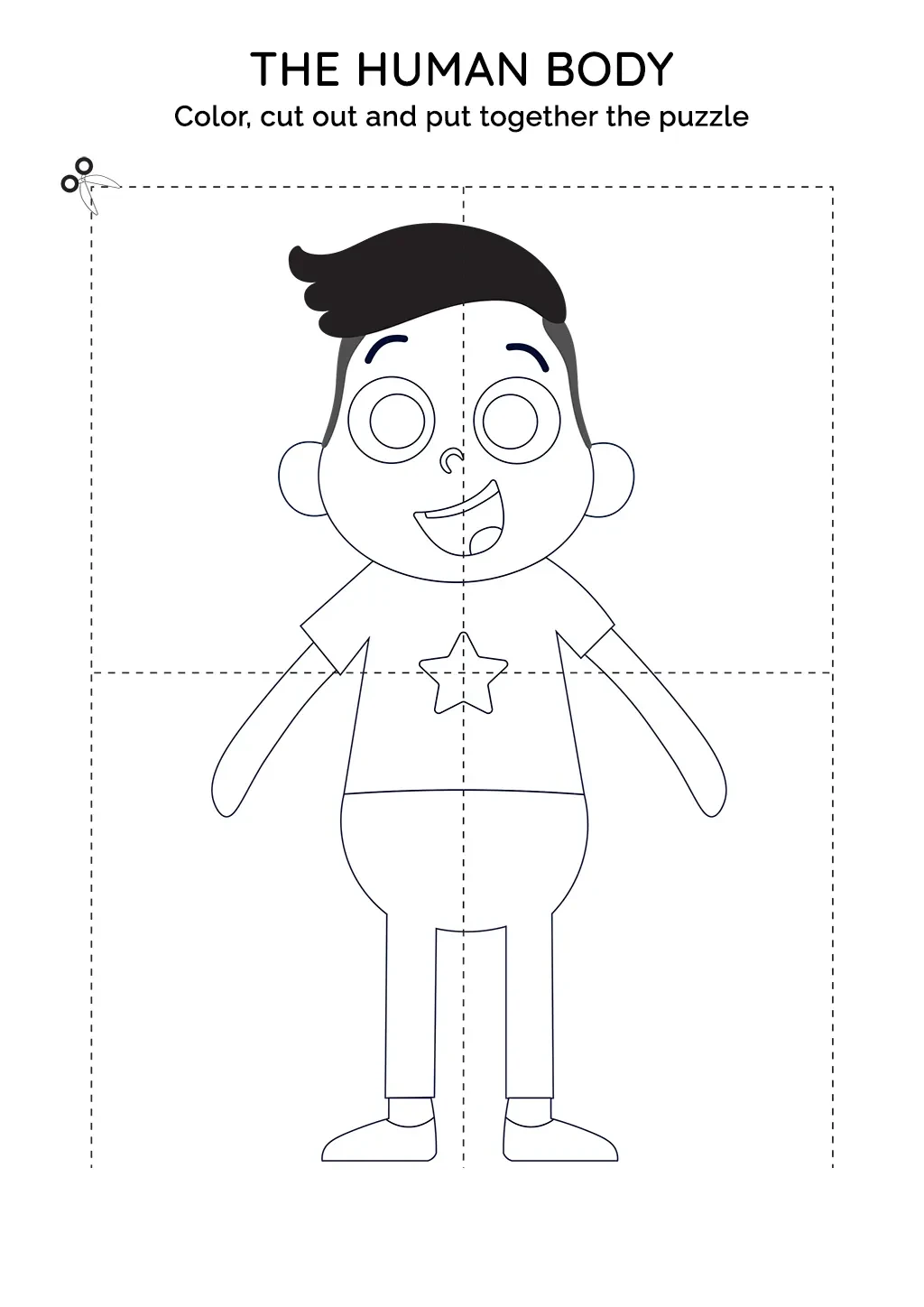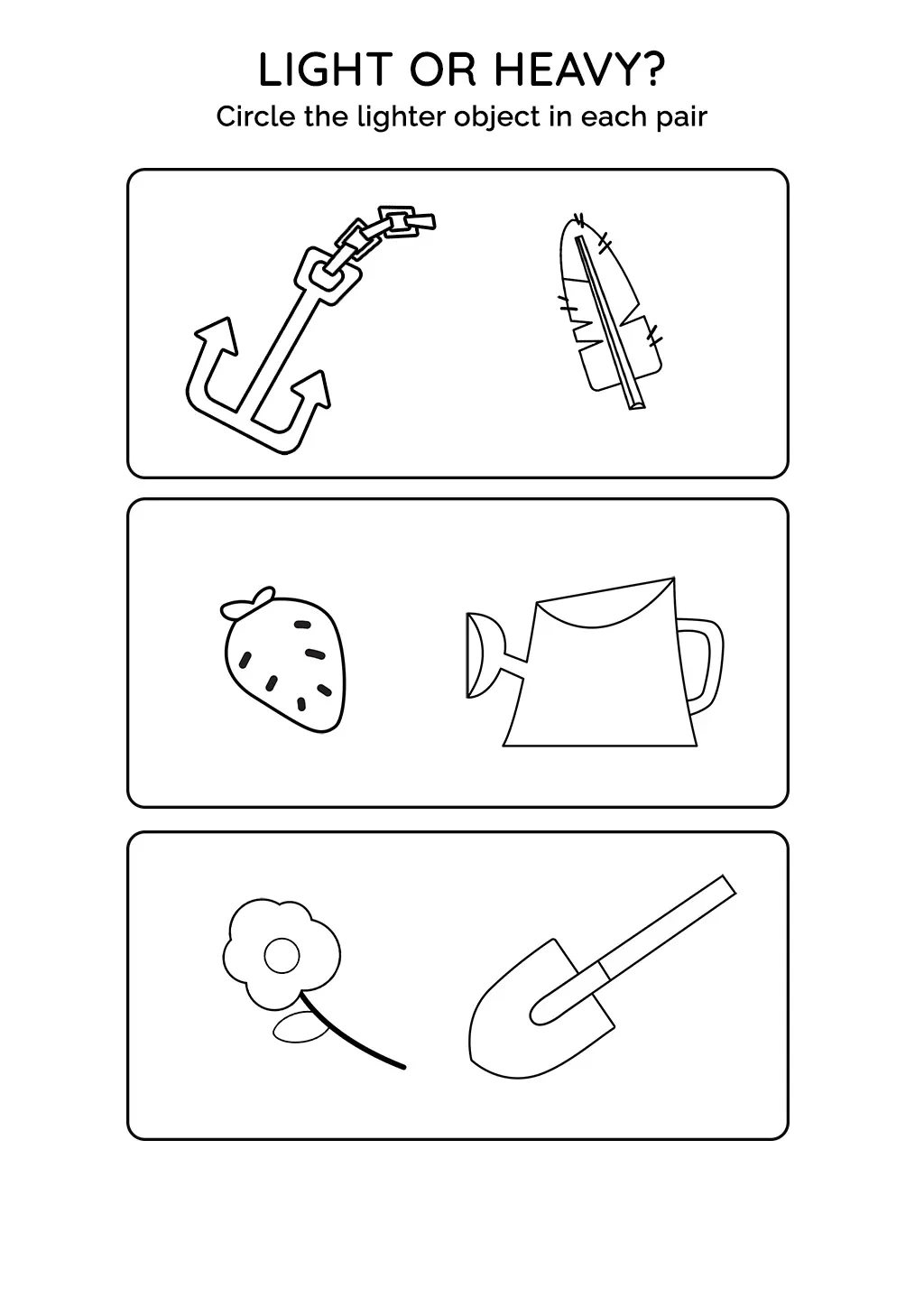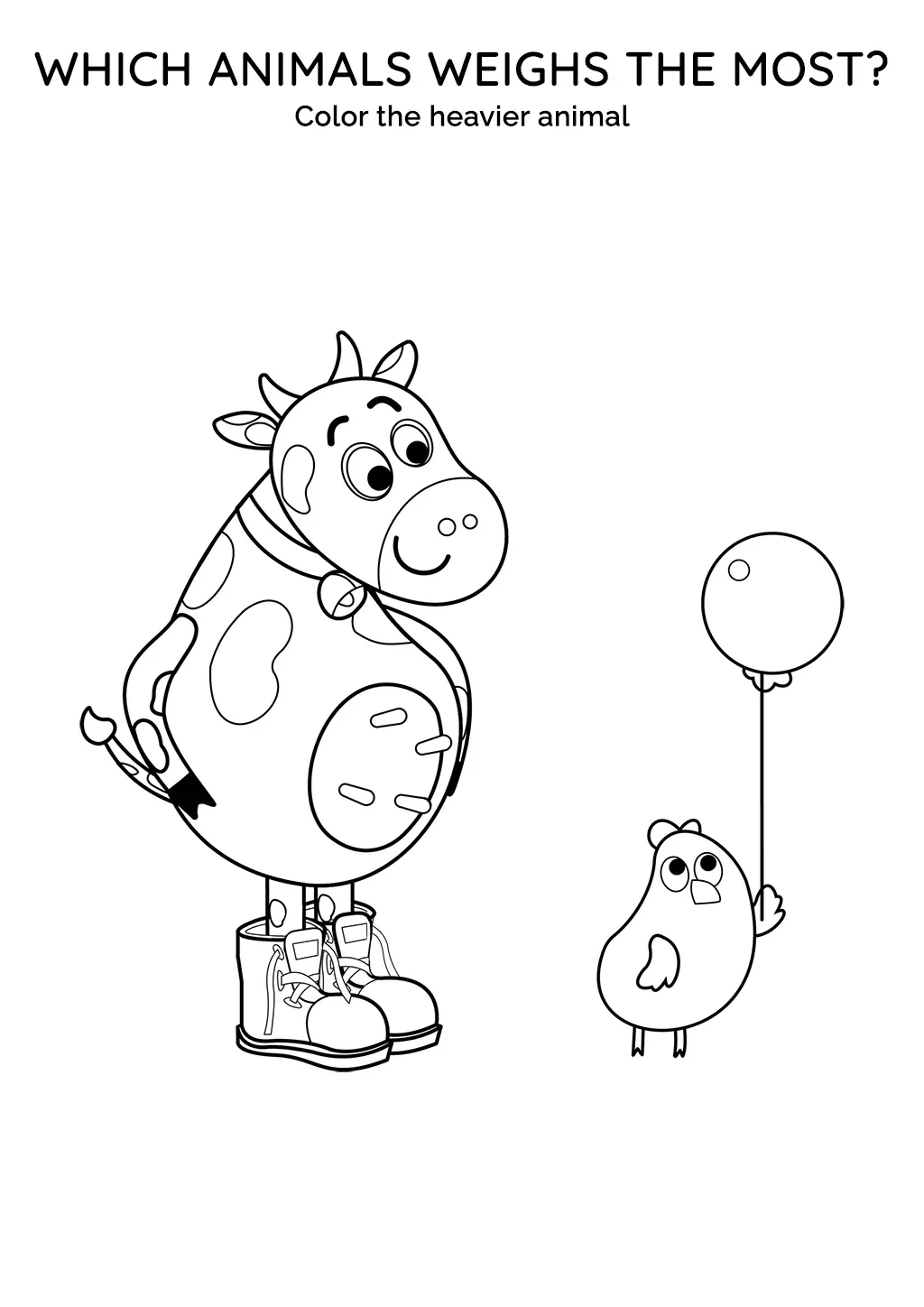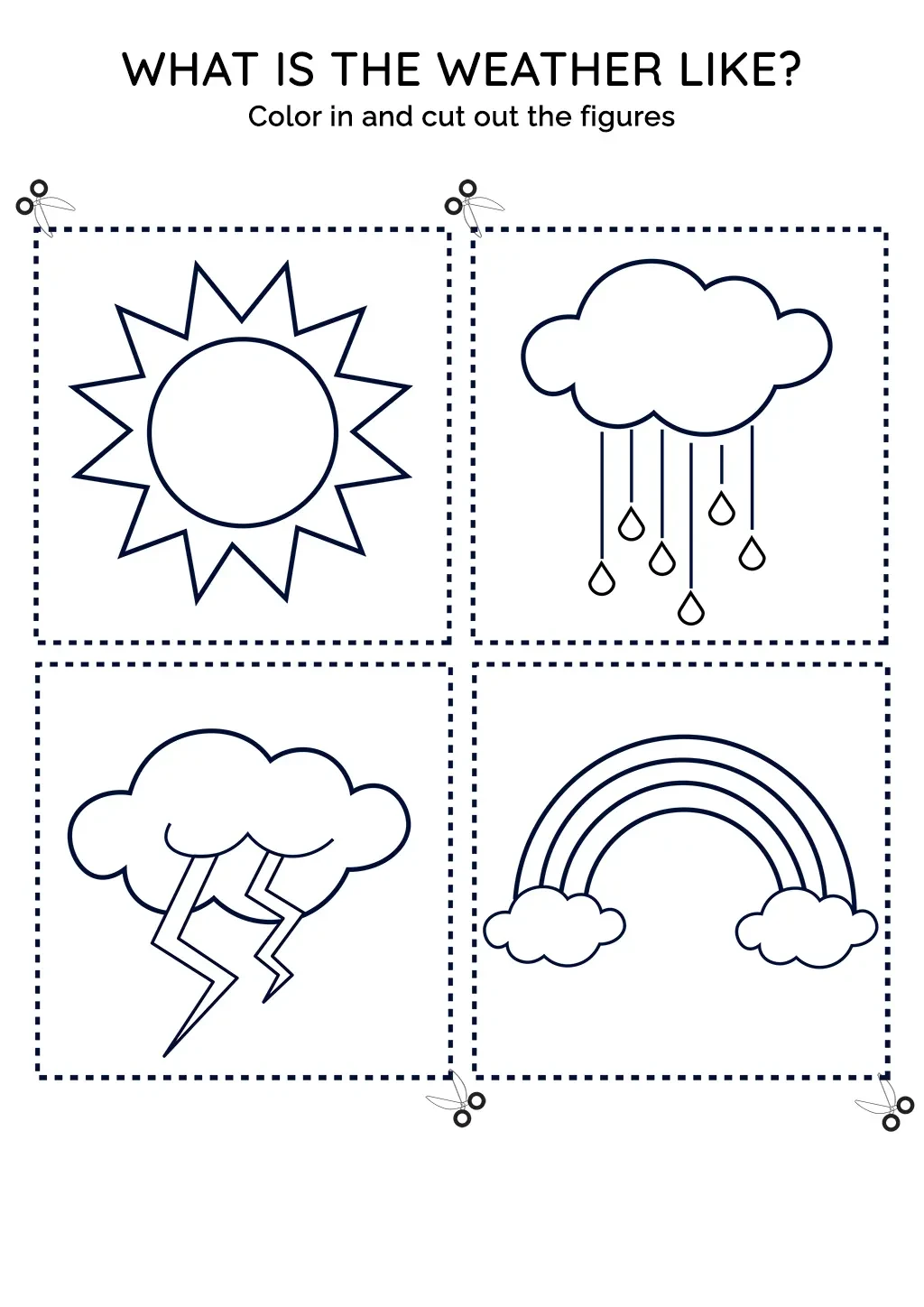As we delve into the fascinating world of Physics, it may seem daunting to introduce the concept to preschool children aged 3 to 6. However, the fundamentals of physics surround us in our daily lives, offering plenty of accessible and enjoyable learning opportunities for young minds. From gravity, which keeps us grounded on Earth, to light, which illuminates our world, Physics is an essential field that helps us understand how things work. Introducing children to physics at an early age can ignite their curiosity, foster critical thinking skills, and build a solid foundation for future scientific exploration. Engaging children in physics-related activities not only contributes to their scientific understanding but also develops their logical reasoning and problem-solving skills, helping them make sense of the world around them.
Physics, a branch of science, explores the nature and properties of matter and energy. It encompasses various phenomena like light, heat, mechanics, electricity, magnetism, the structure of atoms, and even the fundamental forces of the universe. Physics plays a vital role in technological advancements and improving our quality of life, fueling innovations from electricity and computers to medical equipment and environmental solutions. For children, understanding physics can foster a sense of wonder and inquiry about their environment. It helps develop logical thinking, problem-solving, and observational skills, allowing children to connect theory with practical real-world experiences. Additionally, it nurtures a scientific mindset, cultivating curiosity, perseverance, and a love for learning – qualities that are beneficial throughout life.
Introducing physics to young children does not require complex formulas or sophisticated equipment. Rather, it involves translating abstract concepts into tangible, fun-filled activities that children can relate to. Here are five physics activities that can engage preschoolers.
Remember, the goal is not just to teach children about physics but also to stimulate their curiosity, creativity, and critical thinking skills.
As we navigate the world of preschool education, it’s important to remember that learning can be fun and engaging. To inspire interest in physics, Smart Tales offers a plethora of games, stories, and educational worksheets. These resources are designed with young learners in mind, making complex concepts such as gravity and light easily digestible and intriguing. These materials not only educate but also foster creativity and curiosity, equipping children with the skills they need for lifelong learning.
Among the treasure trove of resources in Smart Tales, you will discover stories that ingeniously incorporate elements of physics. These narratives allow children to explore concepts such as gravity, light, and sound in a fun and immersive way. With lovable characters and interactive storylines, your child’s journey into the world of physics is just a story away.
Let your child dive into physics with the interactive games provided by Smart Tales. Watch them light up with excitement as they experiment with gravity, learn about light, and explore sound through a variety of engaging and educational games. With our friendly characters as guides, physics is transformed into an exciting world waiting to be discovered.
Smart Tales’ educational worksheets are a valuable tool to reinforce the physics concepts introduced in our stories and games. Crafted with care by pedagogical experts, these worksheets will engage your child’s mind and nurture their scientific curiosity. They provide the perfect mix of education and fun, making physics a memorable journey for your little one.
Introducing physics to young learners need not be a daunting task. Through Smart Tales, children aged 3 to 6 can grasp the fundamentals of physics in an enjoyable and interactive manner. The combination of stories, games, and worksheets ensures a comprehensive understanding of physics, honing not only their scientific knowledge but also their creativity, critical thinking, and problem-solving skills. Let’s make physics fun, accessible, and engaging for our little ones with Smart Tales.

